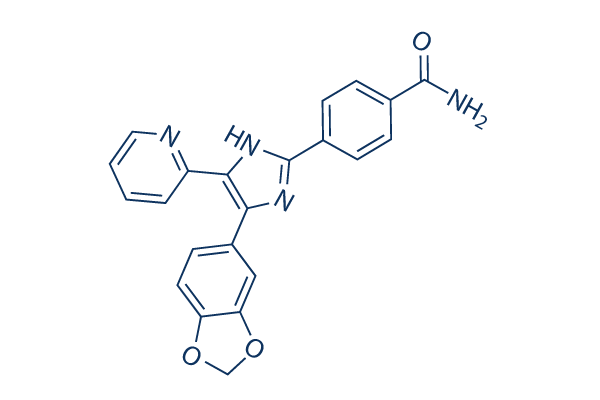90, Serious time PCR validation Reproducibility, sensitivity and specificity within the new serious time PCR system have been estimated implementing DNA from a previously described microorganism collection, and ac cording to Radomski et al. protocol, Reproducibility, efficiency, limits of detection and quantification of your authentic time PCR methods have been estimated by quantifica selleck SB 431542 tion of a few tenfold dilutions by re action of the recognized amount of DNA extracted from four strains. M. avium, M. fortuitum, M. intracellulare and M. gordonae, Specificity and sensitivity had been esti mated against thirty non mycobacteria strains and 31 mycobacteria, respectively.
The collection contained reference and environmental strains of myco bacteria, as well as, strains of your closely related CNM group, as well as other non actinobacteria strains isolated through the natural environment, Mycobacteria assortment incorporated MTC and leprae species, also as species of slow developing selleck chemicals NTM, and speedy expanding NTM, TaqMan true time PCR were carried out in dupli cate implementing an ABI7500 genuine time PCR strategy, a Lifetech 7500 program model 2. 0. 6 and TaqMan rapidly virus 1 Stage Master Combine with 6 carboxy X rhodamine, The TaqMan probes have been labeled with the fluorescent dyes 6 carboxyfluorescein and Black Hole Quencher, All reactions had been per formed inside a 25 ul response mixture volume with 500 nM of forward primer, 500 nM of reverse primer, 50 nM of probe and 5 mM of MgCl2. Reverse transcriptase was inactivated straight away according on the manufacturer instruction, and actual time PCR consisted in forty cycles of denaturation, annealing and ex stress, Determinations of cycle threshold have been performed by setting the instruments threshold line at 0.
02 Rn units, Environmental analyses In order to evaluate the new genuine time PCR method to your culture method, 26 tap water distribution factors in Paris were sampled concerning April 2011 and July 2011, corresponding to 90 samples. Briefly, one liter  of tap water was sampled in sterile plastic bottle, then centrifuged at 5000 ? g for 2h and lastly re suspended in 1 ml of water. Mycobacteria density was estimated by culture in all these samples following the process previously described by Le Dantec et al, In parallel, DNA was extracted utilizing two distinctive approaches. i a bacterial DNA extraction kit according to the producer recommendations, and ii a phenol chloroform extraction procedure according to Radomski et al, Extracted DNA was ten fold di luted and mycobacteria density was estimated in dupli cate making use of the new real time PCR process. Making use of environmental samples, the brand new atpE focusing on technique was also in contrast a previously described rrs targeting procedure, More exactly, samples collected from water column, sediment, and neuston of two urban ized lakes were analyzed in triplicate.
of tap water was sampled in sterile plastic bottle, then centrifuged at 5000 ? g for 2h and lastly re suspended in 1 ml of water. Mycobacteria density was estimated by culture in all these samples following the process previously described by Le Dantec et al, In parallel, DNA was extracted utilizing two distinctive approaches. i a bacterial DNA extraction kit according to the producer recommendations, and ii a phenol chloroform extraction procedure according to Radomski et al, Extracted DNA was ten fold di luted and mycobacteria density was estimated in dupli cate making use of the new real time PCR process. Making use of environmental samples, the brand new atpE focusing on technique was also in contrast a previously described rrs targeting procedure, More exactly, samples collected from water column, sediment, and neuston of two urban ized lakes were analyzed in triplicate.
Beta Amyloid Signal
Aβ molecules can aggregate to form flexible soluble oligomers which may exist in several forms.
